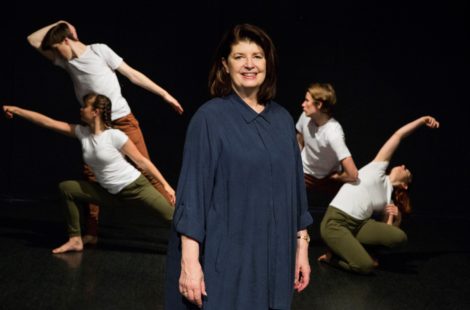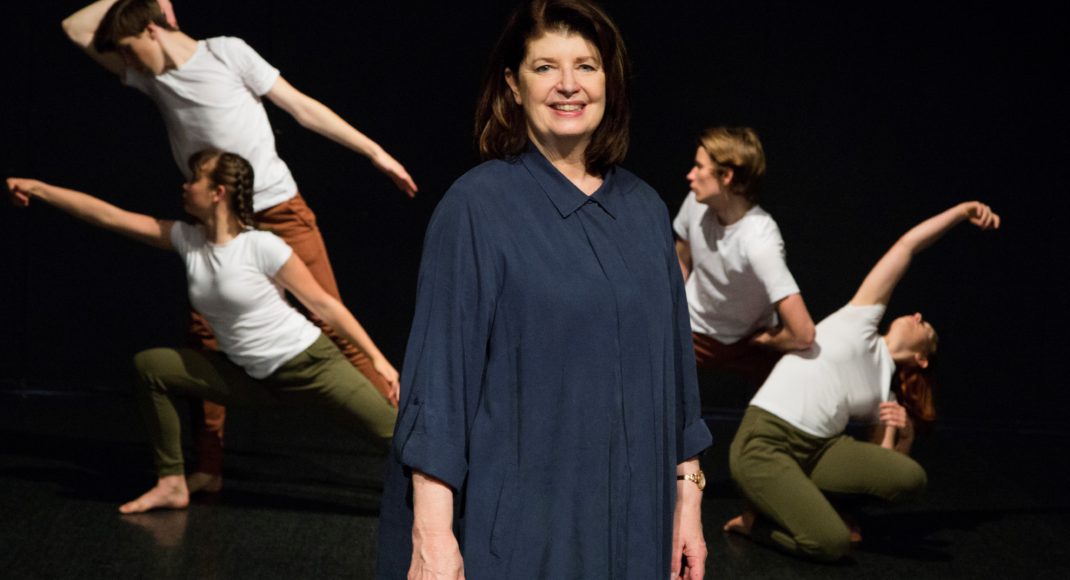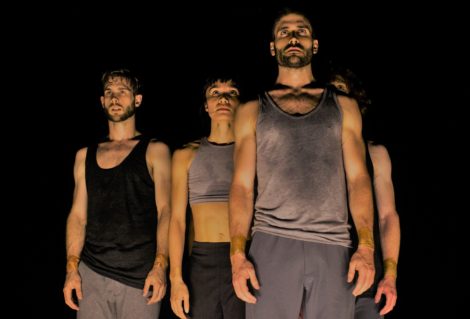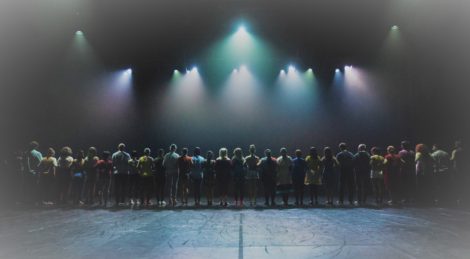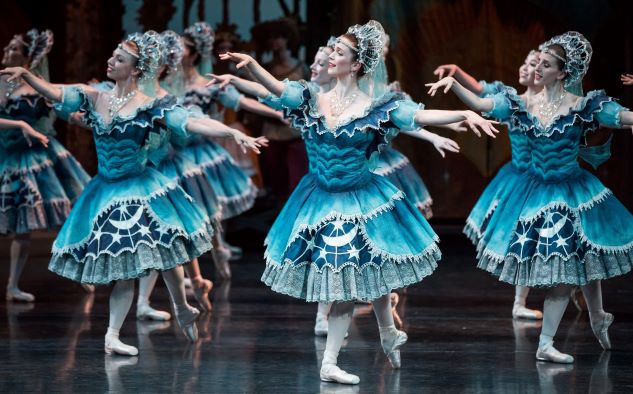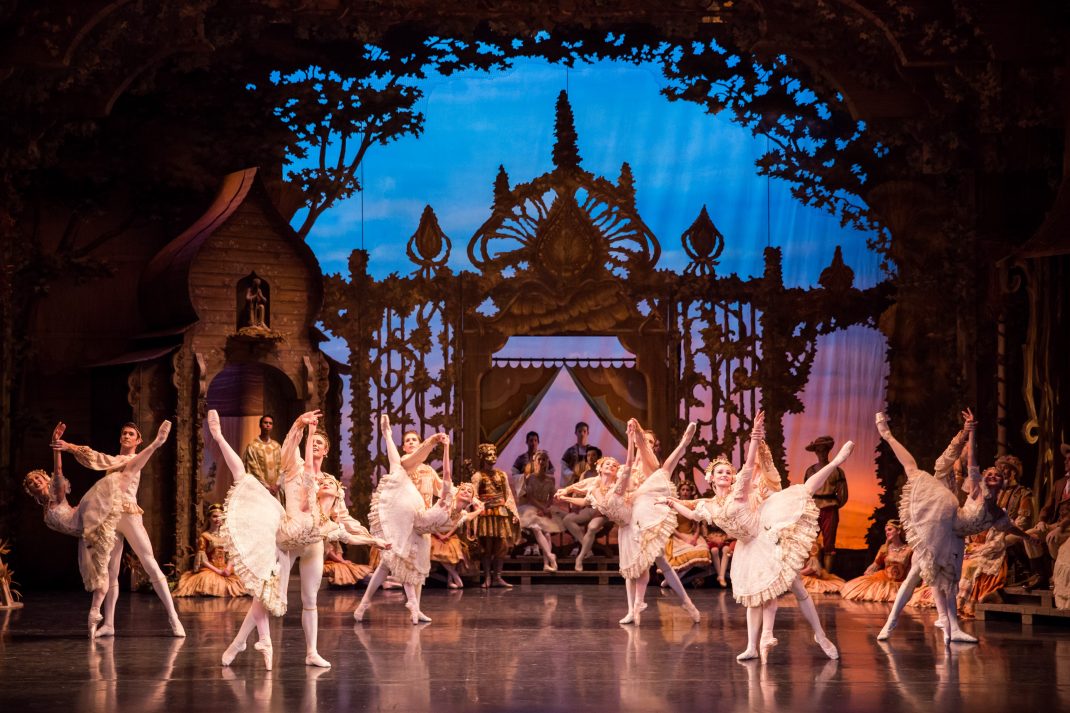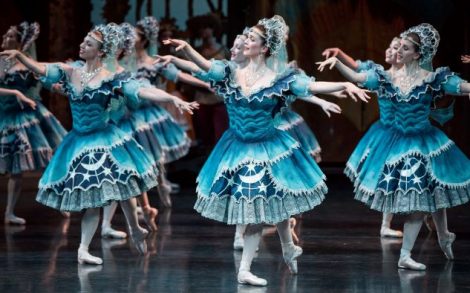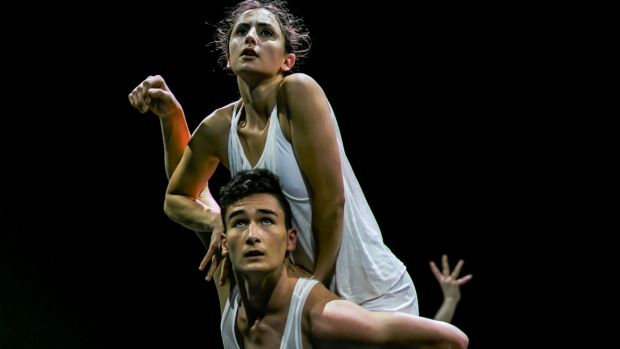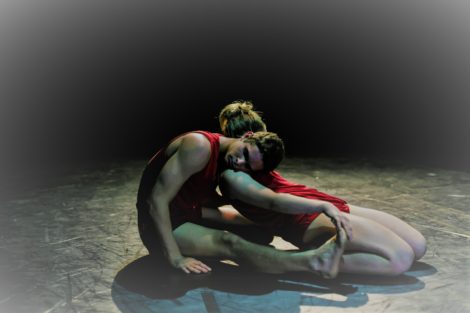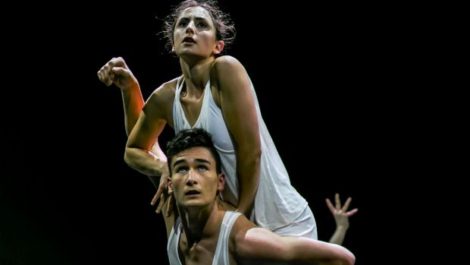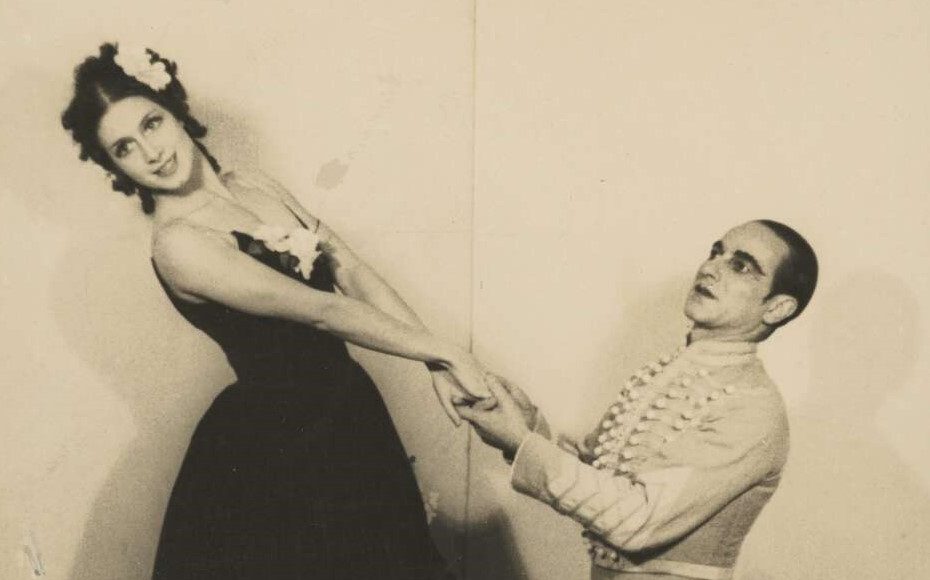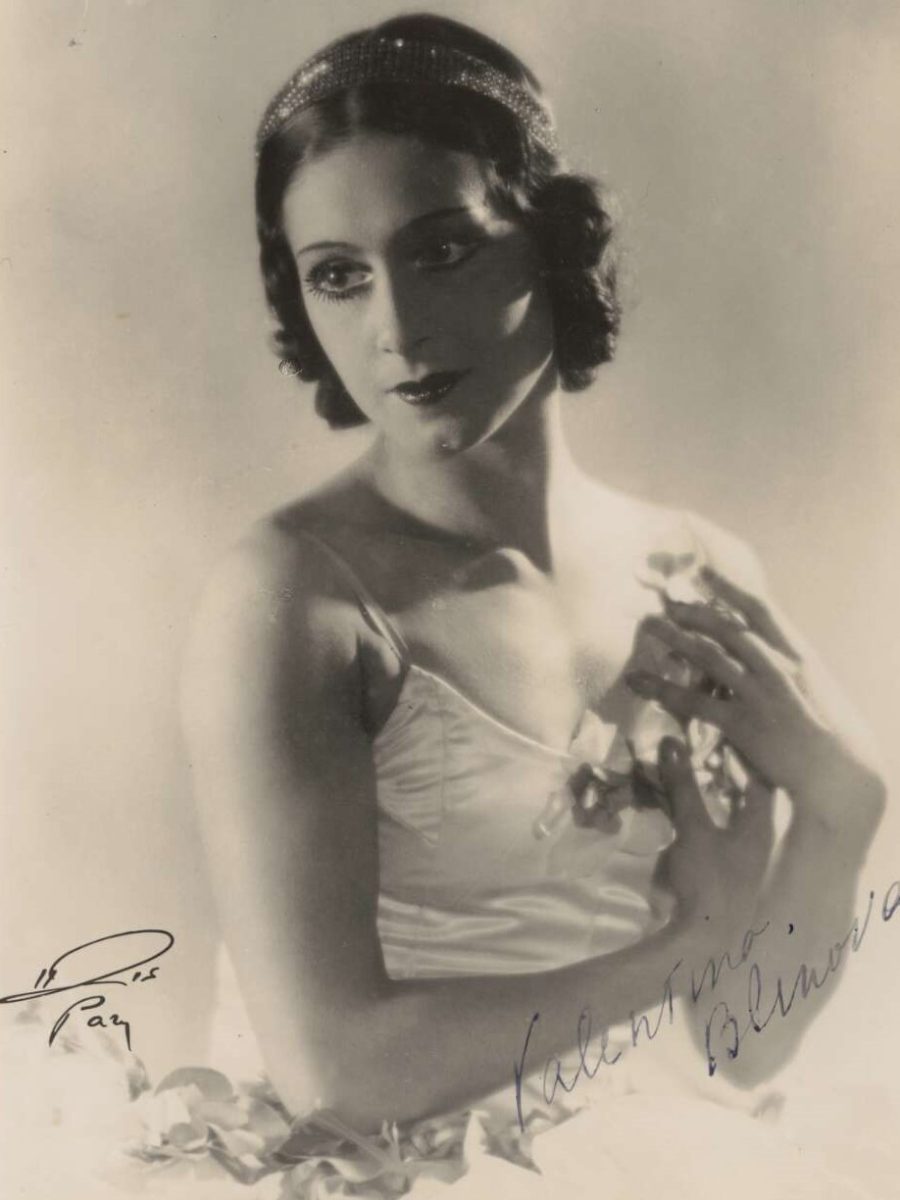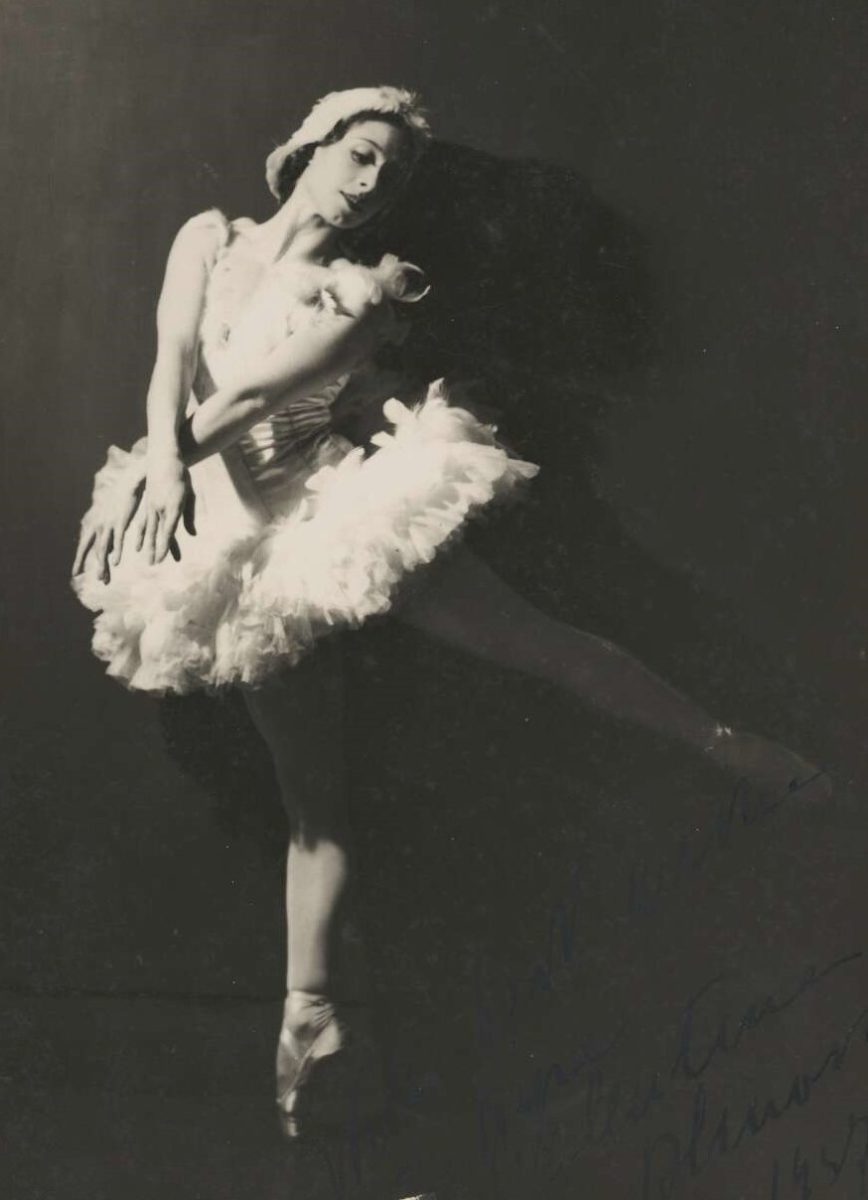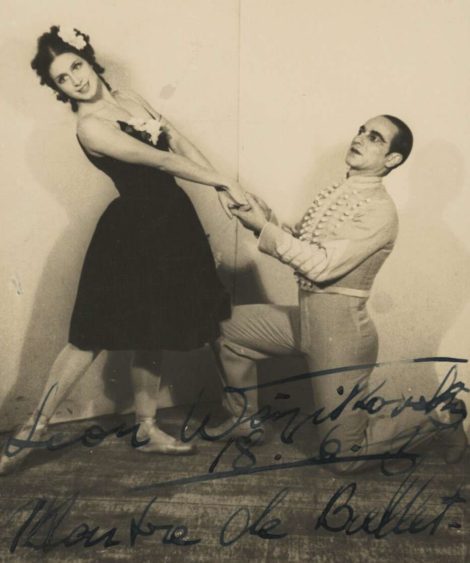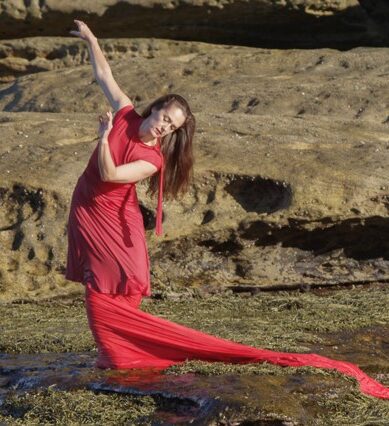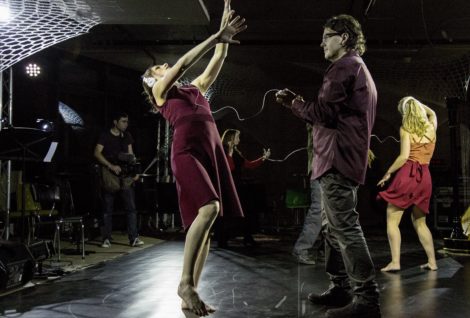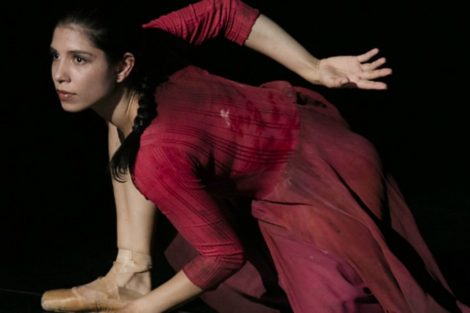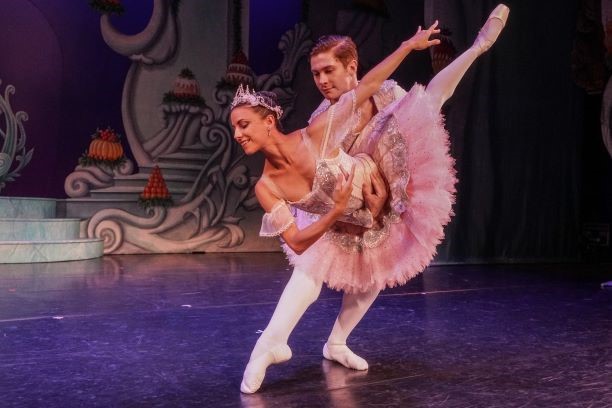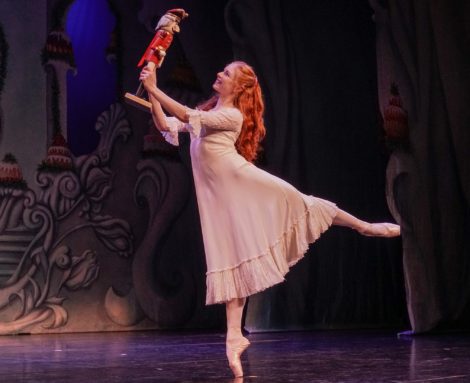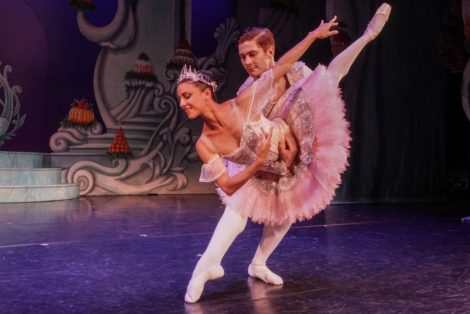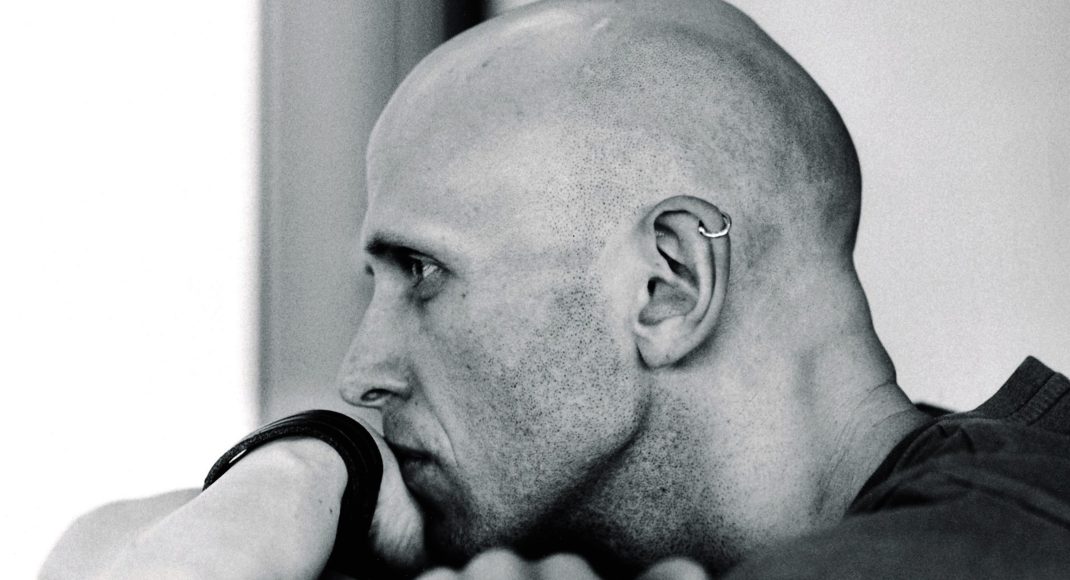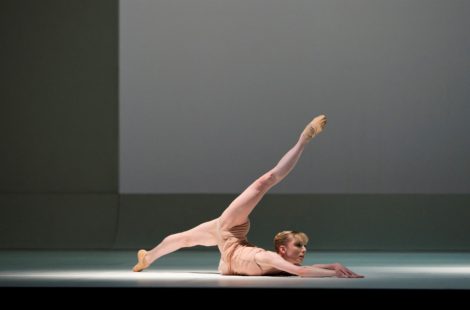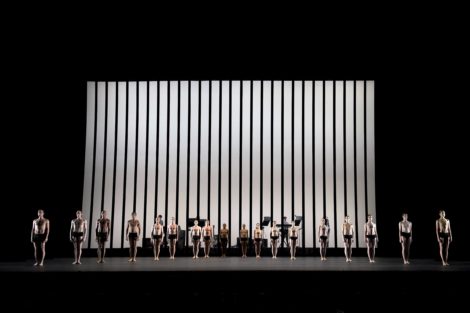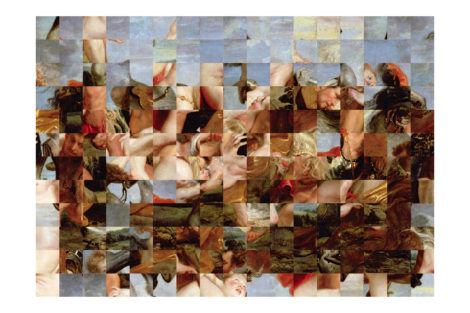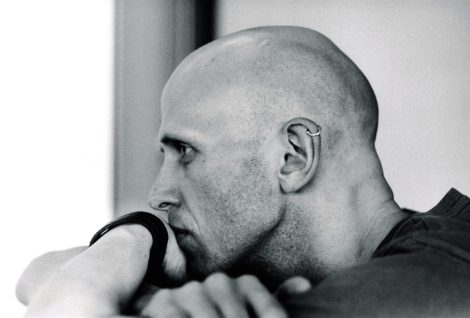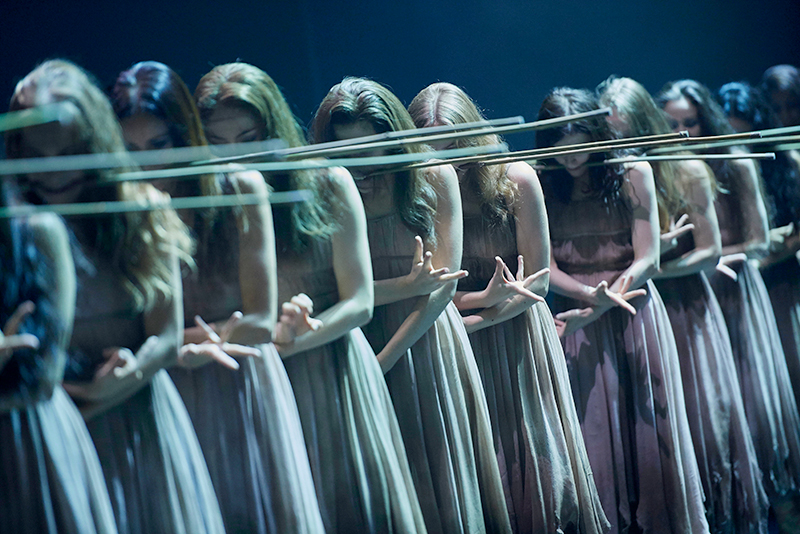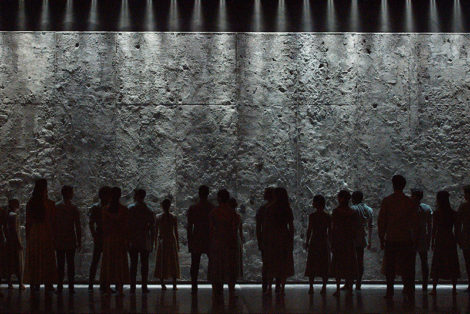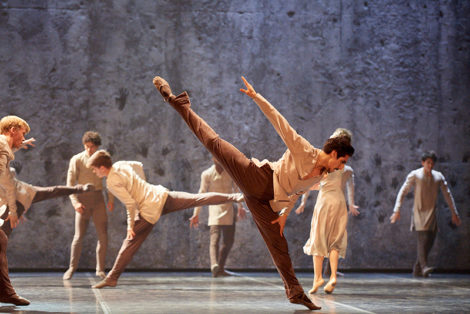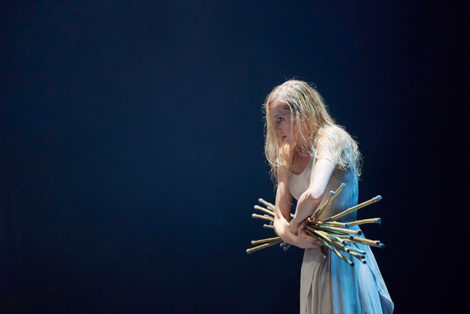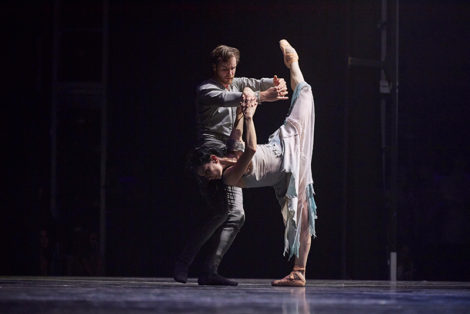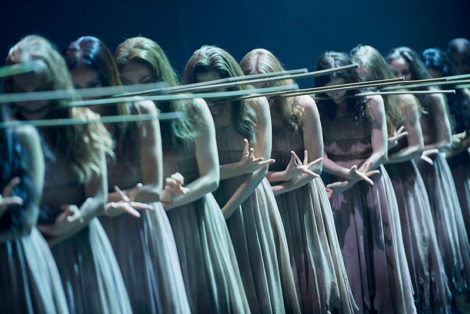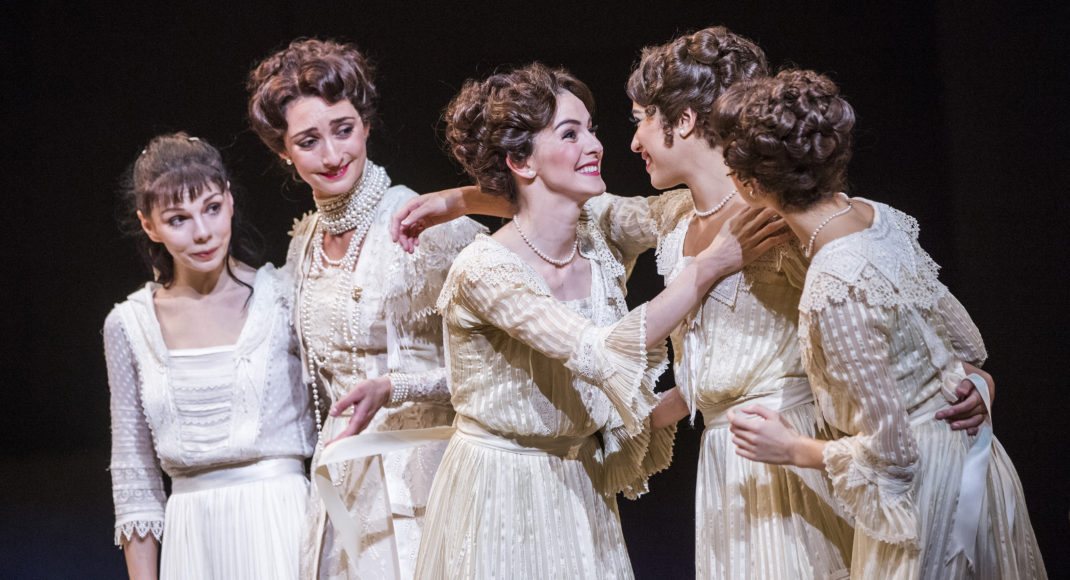Ruth Osborne has been setting up and facilitating dance projects for the young people of Canberra since 1999. It was then that she was invited to come to Canberra from Perth to set up the Quantum Leap Youth Program for the Australian Choreographic Centre at Gorman House. Osborne had had an extraordinarily diverse dance career in Perth, involving teaching, directing and choreography across a range of institutions, including the West Australian Academy of Performing Arts and her own dance school, the Contemporary Dance Centre. In addition, in Perth Osborne was a founding board member and artistic director of STEPS Youth Dance Company for ten years.
As we sit in the beautifully green and cool courtyard of Gorman House, Osborne talks of her experience in Perth. ‘When I started working with young people in Perth, I could see the benefits of bringing them together from different places, not just from one dance school,’ she says. ‘It was about opening up minds; attracting boys into dance, and youth programs were a great way of doing that; and looking at who were our artists, and how young people might benefit from their input. The move to Canberra was an exciting prospect as it gave me the opportunity to work full-time with young people.’
Not surprisingly then, Quantum Leap quickly flourished as Canberra’s youth dance ensemble and Osborne’s vision for its development attracted financial support from the beginning. Ongoing funding, in particular from artsACT, meant that when the Choreographic Centre folded, after losing its funding in 2006, Osborne’s youth dance projects were able to continue. Over the next few years Quantum Leap, that initial undertaking, became just one strand in a larger endeavour. The Chaos initiative for younger dancers from eight onwards; Hot to Trot, a program giving young choreographers the chance to show their work; and special programs for boys became realities, as did other ventures as Quantum Leapers went on to tertiary dance study and then returned to give back to the organisation that had nurtured their early dance activities. Those programs for tertiary students included the On Course program, now ten years old, where emerging choreographers are mentored and are given opportunities to try out their ideas. A new organisational name, QL2 Dance, came into being to encompass the ever-growing range of youth activities Osborne was able to develop and offer to young people.
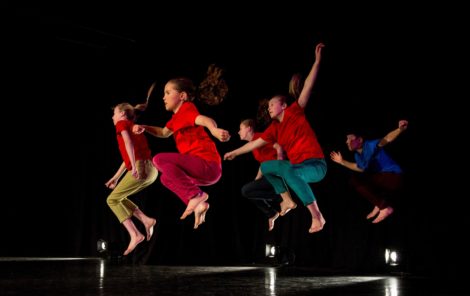
Over the almost two decades that Osborne has been mentoring young people in Canberra, she has received a number of awards for her work, including two Canberra Critics’ Circle Awards and an Australian Dance Award in 2012 for Services to Dance, an award that indicates the extent to which her career, both in Perth and Canberra, has been recognised by her peers.
Now Osborne has received exceptional acknowledgement, and significant financial support as well, to advance her commitment to supporting and mentoring young people through dance. In 2017 she will take up a Churchill Fellowship that will take her to the United Kingdom for around two months to explore a range of youth dance organisations from many points of view. What kinds of support do UK-based youth initiatives receive? What is their inherent nature, that is do they have an ongoing role, or do they work simply from project to project? What career trajectories have emerged as dancers from youth programs move into professional areas?
Osborne’s focus will largely be on the major British youth dance organisations, including the National Youth Dance Company of Scotland established by YDance (Scottish Youth Dance). Osborne first saw this company, led by Anna Kenrick, in Glasgow in 2014 at the Commonwealth Youth Dance Festival. Connections were established between Osborne and Kenrick and the National Youth Dance Company of Scotland was able to secure funding to come to Canberra in April 2016. The outcome was a series of joint working sessions and, in line with Osborne’s wish to support the development not only of QL2 but of other youth companies in Australia, youth groups from various parts of Australia joined Canberra’s Quantum Leap dancers and their Scottish colleagues in an intensive physical and intellectual inquiry into the choreographic process. The ten days of activity culminated in in a major public performance, Ten Thousand Miles, in which the Scottish group and the Quantum Leapers joined forces to take part in a co-production. It consisted of three new contemporary dance works and had a single, well-received showing at the Queanbeyan Performing Arts Centre.
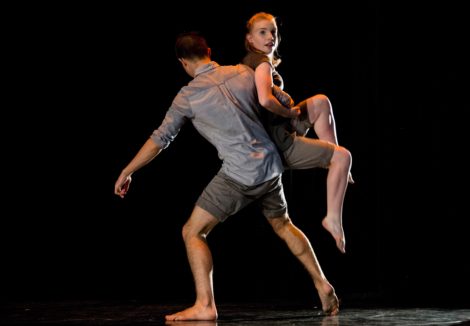
Osborne is enthusiastic about reconnecting with YDance and its team of dancers and other personnel. ‘I was especially interested in the breadth of what YDance was doing and I would like to build the possibility of more exchanges, not just for dancers but also for emerging choreographers as well,’ she says. “The Churchill Fellowship will give me the opportunity to talk face to face with YDance and other such organisations and bring about closer ties with them.’
But why youth dance? What is it that attracts Osborne as she prepares to take up her Churchill Fellowship? Apart from what motivated her while in Perth, Osborne feels strongly about broadening the way young people experience dance.
‘Youth dance practice for me,’ Osborne says, ‘is about building the young artist and developing individuality. It is about discussion, research, writing, collaboration, cultural and gender differences and professional learning. What I hope to do is give young people more than training. I want to give them a broad outlook, I want to develop their own creativity and the ability to collaborate. I want them to be able to look at their activities from an intellectual point of view as well as from a physical one.’
In addition to exploring a range of ideas associated with youth dance companies, as part of her Churchill experience Osborne hopes to examine the nature and potential of an unusual English scheme for young people aged from 10 to 18 who show exceptional promise and a passion for dance. The Centres for Advanced Training, or CATs as they are known, were set up in 2004 and are a British government initiative. They offer students, who must audition, training in various dance styles and other related activities out of regular academic school hours. The scheme is a network of centres allowing young people to work together on national dance projects across the country, from London to Newcastle, Swindon to Ipswich. It is a model that has potential to be followed in Australia.
Osborne readily admits, of course, that not everyone who comes through a QL2 program is going to be a dancer. But she sees youth dance programs as preparation for life. Her Churchill Fellowship—and she acknowledges her gratitude that the Fellowship Committee chose to recognise youth dance—will be an opportunity not only to look at the development of emerging artists but also to focus on ways to expand her belief in ‘dance for life.’
‘Dance schools give young people a solid training. But I think there is also a space for youth programs that develop young people by bringing in outside mentors who can influence them, who can help them develop through the process of discussion, research, writing, collaboration, and professional theatrical learning. And to be able to stand up and talk about your work, to be part of a forum, to challenge yourself—these are skills for life.’
The young people of Canberra and surrounding areas will have much to look forward to when Osborne returns.
Michelle Potter, 21 December 2016.
This is a slightly expanded version of an article first published in The Canberra Times—Panorama, 17 December 2016, p. 14, as ‘In step with youth’. Online version at this link.
Featured image: Ruth Osborne, 2016. Photo: © Lorna Sim
